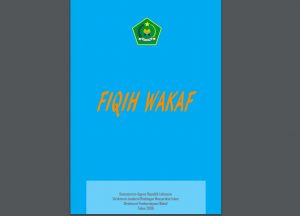Abstract
This study aims to examine risk management in Cash Waqf Linked Sukuk (CWLS). CWLS is a new scheme in Indonesia initiated by the Indonesian Waqf Board (BWI) which also acts as Nazir in the CWLS scheme. The CWLS scheme is a new innovation for Cash Waqf in Indonesia which has good prospects in the future. This Risk Management Research is limited to risk identification on the CWLS variable. The risk management used as a reference is Risk Management in the Waqf Core Principles (WCP) which was also recently introduced in 2018 in Bali at the IMF Annual Meeting. Previous research was used to support the WCP version of Risk Management. The method used is descriptive using qualitative approach. The results of this study state that CWLS consists of 2 (two) variables, namely the stakeholder and the sukuk structure, each of which has components related to WCP Risk. Disbursement Risk and Operational & Sharia Compliance Risk are the dominant types of risk associated with the stakeholder variable components. For Sukuk Structure variables, the most dominant WCP Risk that must be identified is Market Risk. From the perspective of cash waqf sustainability, CWLS scheme can be said to be zero risk, because waqf assets in the form of money will be safe, both the principal and the payment of the benefits. This is because the state through the Ministry of Finance guarantees these payments by allocating funds in the Indonesian budget (APBN). However, CWLS does not mean there are no potential risks. CWLS has a potential risk of sharia compliance related to information on the use of waqf funds. Market, counterparty, and reputation risk are also WCP Risks associated with many of the CWLS components in both variables, stakeholder and sukuk structure.
Keywords: Cash Waqf, Sukuk, Risk, Indonesia
Link Download: BWPS 07 2021
![]()





